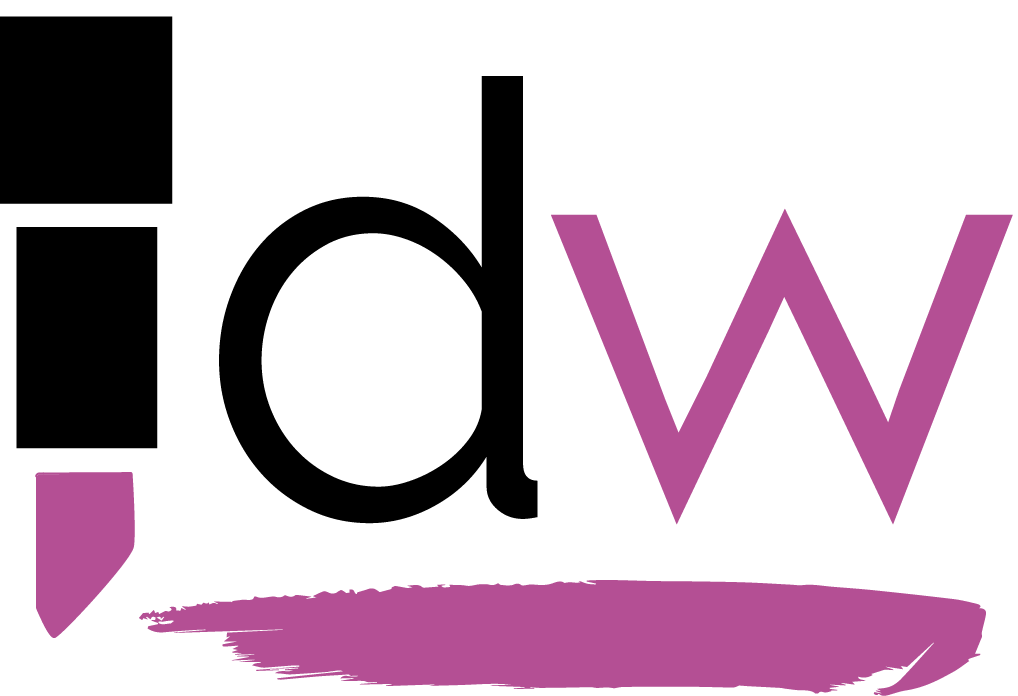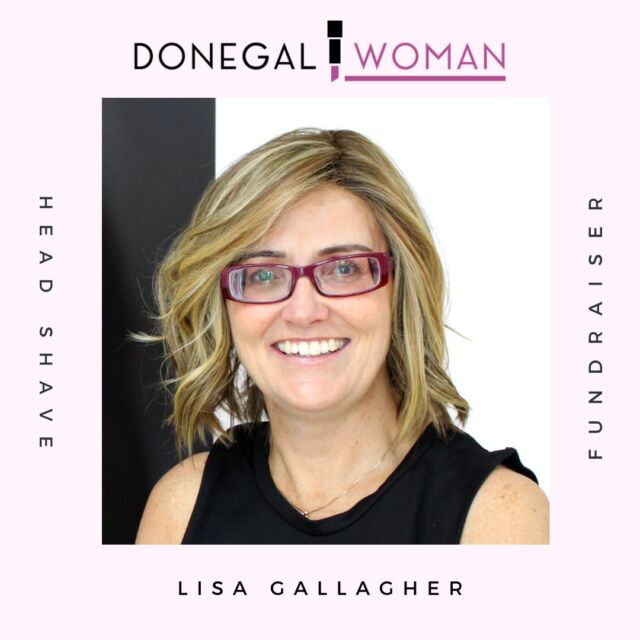Personal Trainer Emmet Rushe shares advice on mastering your inner 'feedback loop' to avoid falling for trigger foods.
Everyone has one.
Some of us have more than one.
Some of us have a whole array of foods that set us off on a bingefest that can leave us rocking in the corner wondering why we opened that second tube of Pringles.

Trigger foods are foods that trigger reactions in a person.
In weight loss there are very good reasons to identify trigger foods.
In most cases, the trigger foods are unhealthy foods that cause a person to eat uncontrollably.
Not only do trigger foods cause a person to eat that food, but they also lead to the person eating other unhealthy foods in the same time frame.
This uncontrollable spiral can have devastating effects on the person’s weight loss goals and more importantly, on their emotions.
The key to all of this emotional distress lies in what are known as feedback loops.
I first came across these from a fellow trainer Adam Ali, he described the situation like this;
A feedback loop is what your brain uses to build the reality of a situation.
These can be either good or bad and in weight loss a feedback loop can looks like this :
You mess up on your diet;
‘I’m such a bad person, I always mess up’
Your mind registers: ‘I’m a bad person, I ALWAYS mess up
You’ve now created a negative feedback loop.
Your mind has associated the act of dieting with the response of ‘Always’ messing it up.
This is a common theme that I see across clients and in conversations I have with other people.
They see dieting as a negative and know that the inevitable is to fail, so they go into every weight loss situation with the mind-set that failure is the only ending that they know.
They have resigned themselves to failure before they have begun and they might not even realise it.
So what can we do to improve the chances of success when it comes to dieting and Trigger Foods?
The first thing I would suggest when it comes to trigger foods, is to identify them.
If you are prone to frequent binges, keep a diary close at hand and write down these things;
- The time you ate
- The foods you ate
- How much you ate
- How you were feeling at the time
See if you can spot patterns in each situation where you binged.
These patterns might help you to identify why exactly you start the binge in the first place.
The second thing I would suggest is, once you have identified your trigger foods, remove them from your house and workplace (if possible).
If you are not able to control yourself around these foods, keeping them out of reach is fine.
It is perfectly ok not to have a trigger food in your house until you can have better control around this food.
I rarely have Pringles or Doritos in the house, because if I open them, I will finish the tube, or bag in one sitting.
This happens every time they are in the house, usually if we are having a party, and unless I bin them, I end up being the bin.
So, I don’t have them in the house.
There is no special badge for being able to resist your trigger foods, so if you have foods that set you off, try and keep them out of the way until you have better control around them and are able to eat them in a manner that you enjoy, rather than in an emotional, uncontrollable way.
The third thing I would look at, is to pay attention to whether there are certain places that stimulate you to eat these foods more than normal.
For example, when you go out to your favourite restaurant, do you automatically order something fried?
Do you always have chips with everything?
When out with friends, do your food choices become worse?
Do you use social occasions as an excuse to overeat on certain foods and even on alcoholic drinks?
Once you identify your locations, you can be more aware of your behaviour and make conscious choices about whether you want to put yourself in compromising eating situations to begin with.
This doesn’t mean that you can never eat out or go out with friends, but it does teach you to make better choices, even when you don’t have complete control over what you eat or drink.
If you are thinking that you have to give up going out or that going out will be no fun without all of these things, read the paragraph on the feedback loops again, you may already be putting this into a negative context and not realise that you are doing it.
What you need to realise is that the trigger very rarely is about the food, it usually is about your emotional situation at the time, and your response is to turn to the food to deal with that situation.
The Mayo Clinic give a great insight into emotional eating;
“Your emotions can become so tied to your eating habits that you automatically reach for a treat whenever you’re angry or stressed without thinking about what you’re doing.
“Food also serves as a distraction. If you’re worried about an upcoming event or stewing over a conflict, for instance, you may focus on eating comfort food instead of dealing with the painful situation.
“Whatever emotions drive you to overeat, the end result is often the same. The emotions return, and you likely then bear the additional burden of guilt about setting back your weight-loss goal.”
If you are prone to the thongs listed above, please remember that, when trying to lose weight,
Don’t deprive yourself
Learn from setbacks
Forgive yourself
Focus on the positive changes you’re making in your eating habits and give yourself credit for making changes that’ll lead to better health.
#leanin2018

If you don’t know how you would put this together to suit you, we teach you this in our NEW LEAN IN 2018 program.
We had numerous members lose over 3 stone in 2017 and they now know how to keep it off.
If you want to know how to make a real difference in 2018, have a look at our Letterkenny gym plan where you can train with us in our Fully equipped and modern gym.
If you want to make a real difference to your weight and health this January, drop me a message and we can make 2018 your year.






























